The Nikon D200 was released in 2005, back when digital photography was still in it’s nascent stages and film was still reigning. The professional grade D1, D1X and D1H have already been released on the Nikon roster alongside the Nikon F5 (film pro grade body).
According to DPRreview, the D100 (my thoughts on the D100 here) started a new camera segment in the under $2000 USD range, and was a game changer as it made enthusiast grade DSLRs approachable for professionals and enthusiasts alike. The D200 looked to continue that trend.
Now, in 2021, about 15 years after it’s entry into the market, I wanted to revisit it to see how the camera has aged over the years. I’m certainly not going to change my primary camera (Nikon Z6 Mark I) to the D200, but it would be an interesting look at how far camera tech advances have progressed since the early 2000s.
Ergonomics
In hand, the grip immediately feels familiar to anyone who has used a Nikon DSLR in the last 10 years. Instead of the straight, film camera like grip from the D100, we now have the curved grip. Looking at the camera as a whole, it definitely looks as though the D200 would set the tone for the rest of the its descendants to come.
The camera is weighty, but I would describe it as a reassuring heft rather than simply heavy. The entire chassis inspires confidence, though people who have since moved on to mirrorless, like me, will feel the additional weight after a few hours.
Top left dial
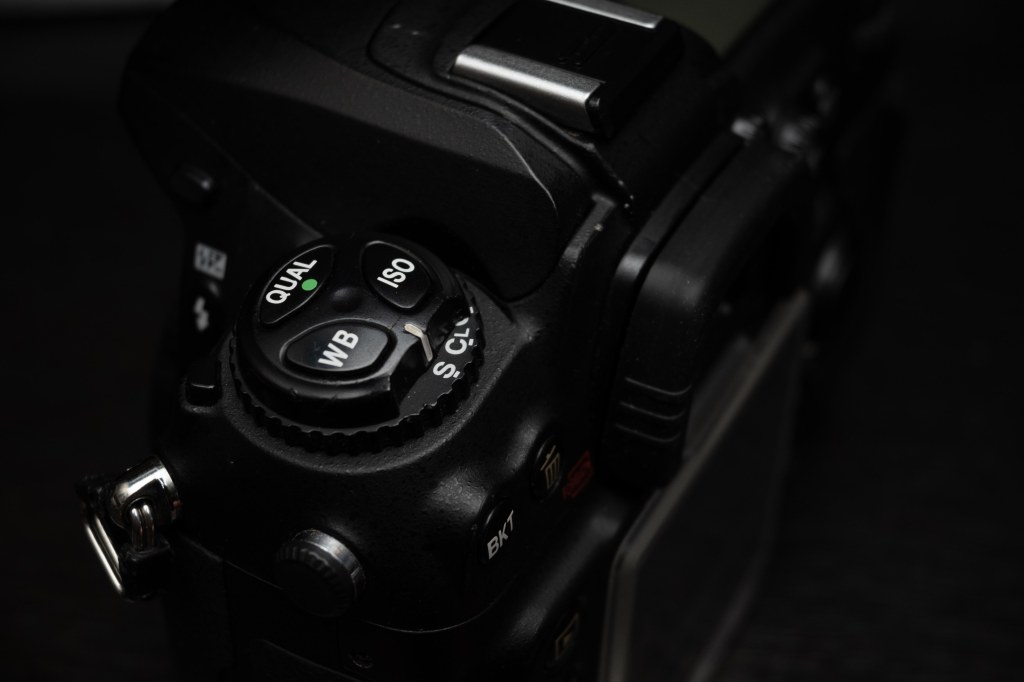
The now familiar top left dial used commonly in pro grade Nikon DSLRs is used in the D200, as compared to the older dial format used in the D100. Having shot tens of thousands of shots with Nikon Pro grade bodies from D3 onwards, my muscle memory did not fail me and I was able to use the D200 quite smoothly to change my settings.
Back LCD

The bigger rear LCD panel is a welcome change compared to the tiny one on the D100. I could comfortably check my shots on the panel. Color accuracy and portrayal was also no longer an issue. The only complaint I had was that the panel itself wasn’t very high resolution. Trying to zoom in to check critical sharpness was not useful. The display size and resolution upgrade came eventually in the D300.
Top LCD

The top LCD panels show the shooting information such as ISO, shutter speed and aperture settings, as well as the number of shots remaining if you need it. The large panel is welcome since all the information is laid out clearly and easy to see.
Menus
The familiar custom menus have appeared here, and most modern Nikon users will be right at home using these menus, a massive upgrade from the archaic menus in the D100. There are quite a few custom functions to be used here as well, controlling the AF system, the playback and shooting as well.
Buttons
You may have noticed already, but the 2 button card formatting short cut had already been implemented in the D200 (one of the buttons is the mode button as shown in the picture above, with the red text beside it).
This is definitely one of the functions in Nikon DSLRs that I personally found useful, since it allows me to quickly format and prepare my storage cards before a shoot instead of going through a series of menus to do so. The current batch of mirrorless cameras do not have this shortcut (i mapped it to function buttons myself.)
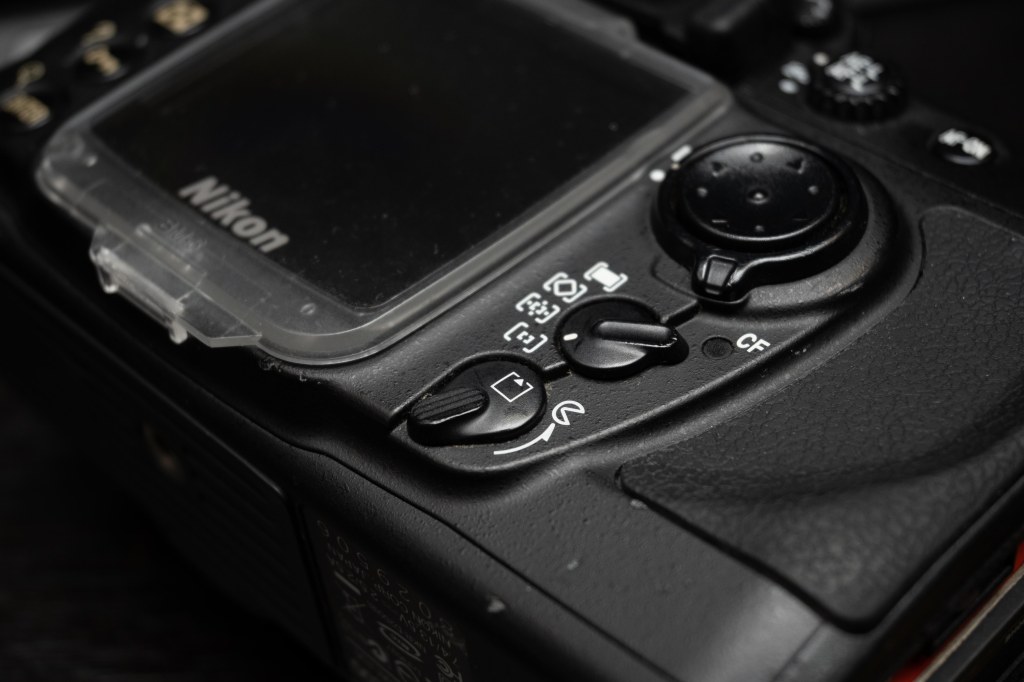
On the back of the D200, 2 important levers stand out. The lever controlling the release of the CF card slot and other controlling the AF system, whether it be single AF point or the very intuitive group AF point detection, which I found in practice to be rather accurate for tracking large subjects.
Card slot

The card slot remains a single CF card slot, but the position has now been shifted to the now familiar right side of the camera, with the release button there as well. The slot is opened from the lever at the back, visible in the top left of the picture.
There is built in weather sealing, with rubber gaskets around the card slot to prevent or slow entry of water.
Sensor/ Image quality
As I mentioned in the D100, sensor tech has advanced rapidly over the years. A sensor from 15 years ago, even one that is of APS-C size, can barely keep up even with smartphone cameras, especially those from high end phones such as iPhone Maxes and the Samsung S20s with optimised software and hardware.
With a decent prime lens like the Nikon AF-S 50mm 1.4G, however, one can still get some pretty good pictures that are sufficient for small prints and smartphone screens.
Resolution
The D200 sensor offers only about 10.2MP, nothing much to shout about now, but back in 2005 this was pretty much state of the art. At this MP count, one can expect to print images of 13 by 9 inches (1inch = 2.54 cm) at 300ppi. This means we could print A4 sizes comfortably.
Image quality comparisons
During shooting, I noticed that the ISO options in the D200 are leaning more towards the exposing brighter situations compared to the D100, given that the base ISO has been reduced to 100 instead of 200 and the maximum ISO (Hi-1) is now only 3200 instead of the D6400 in the D100.


At base ISO up to ISO 400, I would have no issues with image quality. After 800, though, the grain starts becoming more prominent. At Hi 1 (ISO 3200), the image is extremely grainy and there is reddish/ purple color noise in the dark areas. As you can see from the comparison above, there is a reddish tinge to the image shot at ISO 3200.
Dynamic Range

The image above was adjusted in Lightroom and had shadows boosted and highlights recovered. Apologies for the lacklustre sunset image but I was more interested in testing the sensor of the camera. Shooting in raw at base ISOs yield very decent image quality with good dynamic range. Definitely useable even by 2021 standards.
Autofocus
The D200 uses the 11 point Multi cam 1000 which was later used for more than a decade even until the D3500. Whether Nikon made improvements on the module over the years remains to be seen, the AF system worked reasonable well during the tests, albeit on relatively non challenging subjects such as slow moving animals.
Single point speed
Using the camera in single point was fast and snappy, but of course, the AF speed also depends largely on the lens being used. Third party lenses with weaker AF motors will naturally be slower, while the pro grade 2.8 zooms will be blazing fast.
Tracking
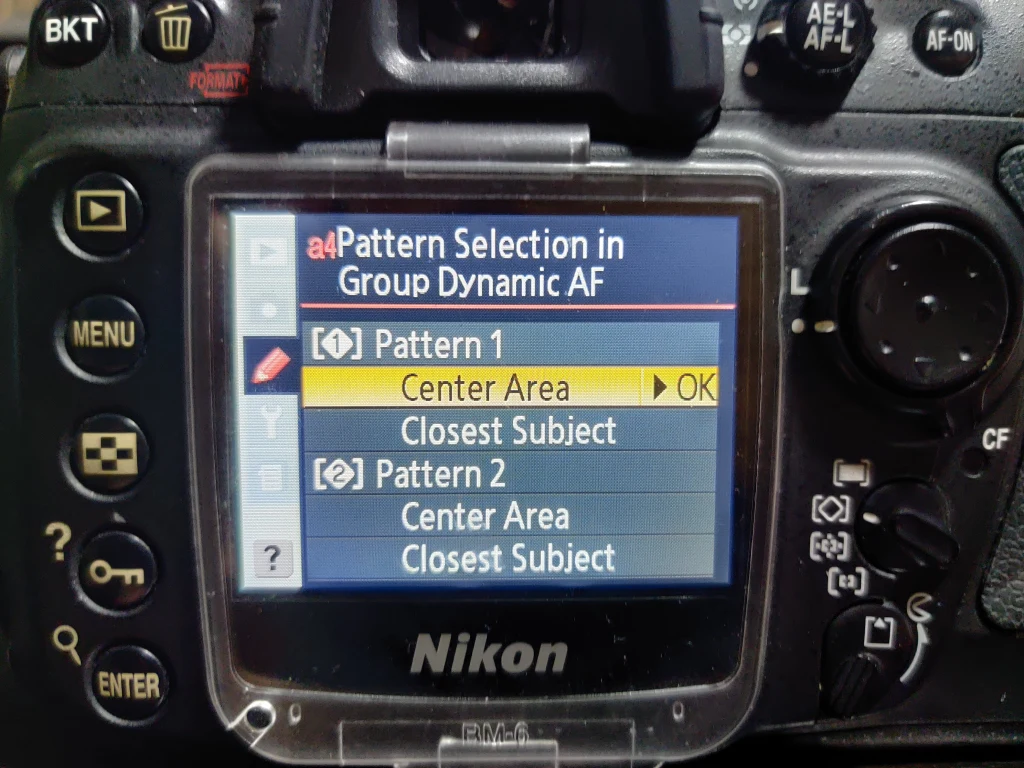
When the camera is set to continuous focus mode, using the AF mode dial at the back set at group AF, I was able to achieve reasonably fast tracking speeds using the Nikon 24-70 2.8 zoom.
Video
Similar to the D100, this generation of Nikon Dxxx series has yet to implement a video taking mode. Naturally, you can take “videos” by building a time lapse from the photos shot on the D200, if you consider that videography 😉
Concluding thoughts
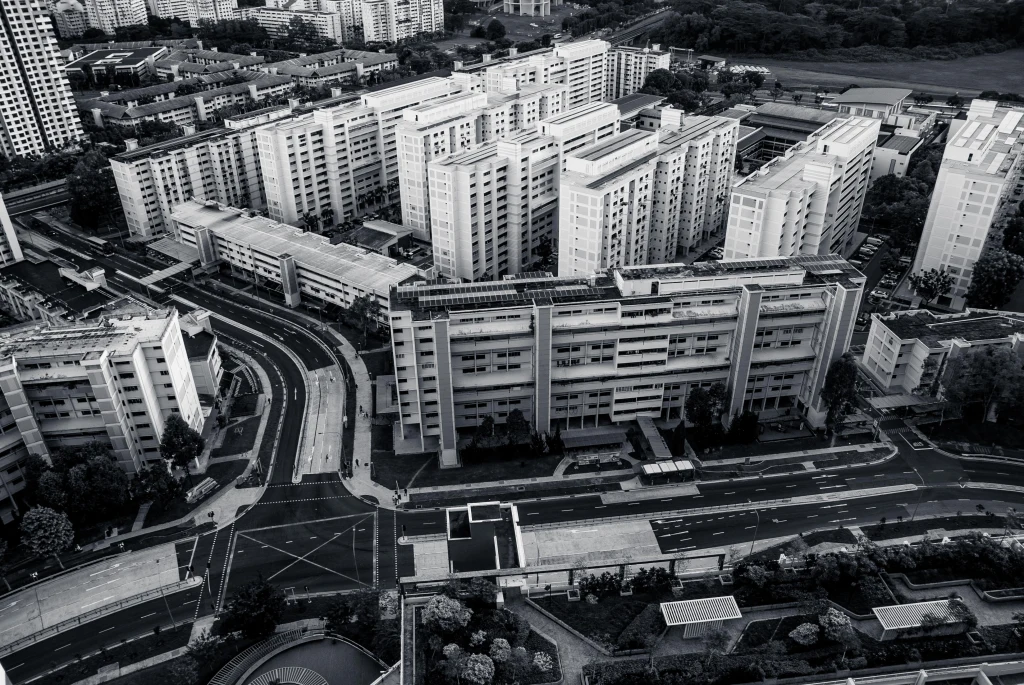
The jump from D100 to D200 was staggering. The D200 felt familiar in so many ways, from the custom menu layouts to the dials and button placements. The top left dial last all the way even til the D850, one of the most advanced DSLRs ever made (at least as of 2021). The button placements at the back and the AF switch remained at the locations introduced in the D200. The AF module was used all the way until the present, in the entry level bodies.
Ergonomics and useability wise, there were very few complaints from me in the D200.
Image quality was an issue, however. The age of the sensor is showing, and the lack of megapixels is an issue in the age of 4k displays in TVs, monitors and smartphones. At base ISO, shooting raw files, one is still able to recover some highlights and shadows. Above ISO 1600, however image quality starts to fall apart.
Would I recommend anyone buy a used D200?
Even if you’re yearning for nostalgia, to be honest, there’s better value to be had in getting a used D300 over this. The older sensor, relatively weak AF system and the pricing of the D300 (in Singapore, you can get a beater set for under SG$150) means that the D200 has well and truly been rendered obsolete.
Collectors, of course, would buy it just for the sake of getting one. Otherwise, your money is better spent elsewhere.
For more content, you can read about my thoughts on the D100 and the D300s too 🙂
Personal Plug by Chris Puan
If you enjoy my blog content, please consider supporting the website by buying me a coffee here. Thanks for your support! 😀

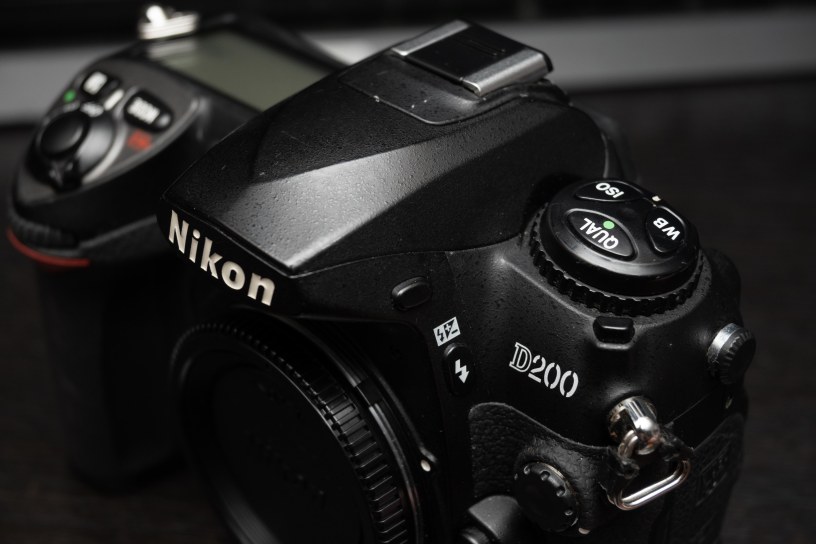
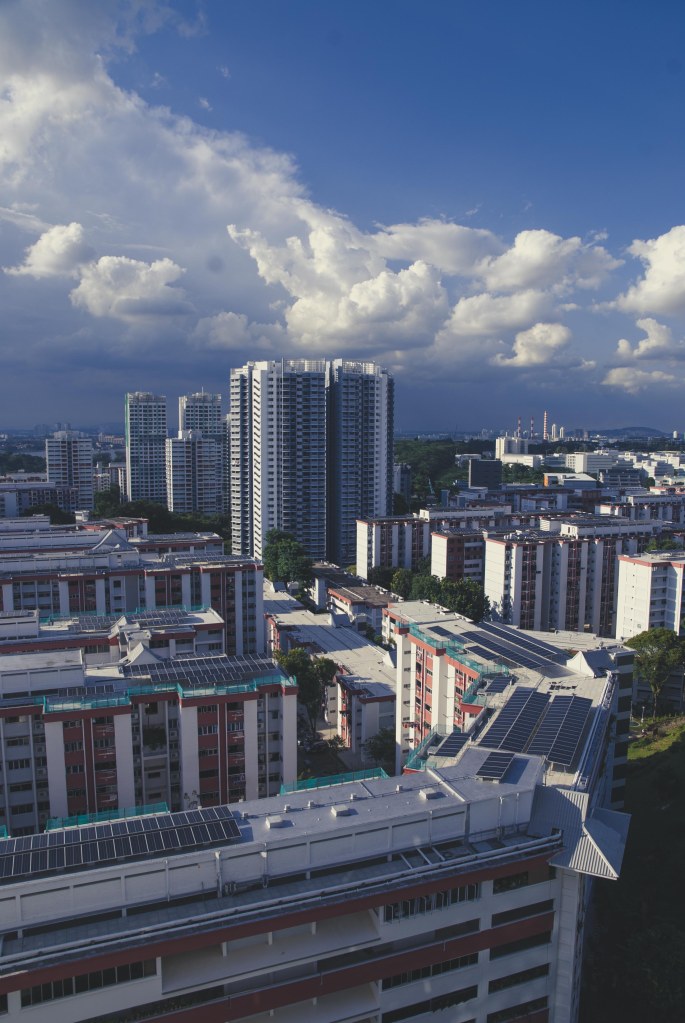

the d200 was my first digital. i professionally used (at various times) 2xd200 2xd300 and 2xd700 for weddings. these cameras were not too heavy to carry around all day. i kept one d200 all the time, and after retiring i sold the d700 cameras and found another “unloved” (mint) d200 cheaply. some of them might still be around… if you do not photograph anything too “challenging” (or if you are not snobbish / do not have $$ to waist) d200 cameras are (iso100 / good light or flash / raw files / good lenses) as beautiful to use as in 2006 (if i remember when i used it for the first time). even if you have expensive cameras buy and try d200 just for fun…
LikeLike
For sure, just because they are older cameras doesn’t mean the sensor just becomes trash. The bokeh is still sweet on the old D700 and D3 even in 2023. I would like to have some spare change to get a D3 now just to remember the good old times.
LikeLike
Hello, as I have gotten a D200 as part of a package I bought (which included a 17-55 2.8 and a 70-300 VR), I thought it would be good to see what it would be capable of these days… So, sure, 10Mp isn’t much, the AF system is similarly “dated” though I would say is more accurate than my D3200 (which I have also kept).
So I will say upfront:
from my findings, I clearly disagree than any smartphone, even IPhones, will produce better pictures than this, phone pictures look good on phone screens but are just trash when viewed on anything larger, which is not the case with the D200 files I got.
All in all, when you remember that the D200 was released in an era where 5, 6, 8 and 12Mp cameras were the norm, I find it pretty decent and using 17-55, 35mm, 50mm and 85mm lenses gave me beautiful files that I would have a hard time getting on an Iphone!
LikeLiked by 1 person
That sounds like a sweet combination, and you’re basically covered from standard to telephoto. I’m sure you got a good deal on them since they are “older” gear but definitely no less capable!
LikeLike
i chose to buy a used D200 over a D300 simply because it is the last Nikon professional camera with the Sony CCD sensor, the D300 switched to Cmos.
the ccd colors rendition is something you won’t find in any modern camera.
LikeLiked by 1 person
Yes, I do see a trend, especially on social media, where people are looking for the color rendition of older CCD sensors.
I’m currently testing a bunch of older cameras (D40, D60, D70s) and I do notice the difference
LikeLike
i also have a D40 and it’s a fantastic lightweight little gem, even with 6mp resolution, terrible iso performances and small viewfinder.
Photos I took back in 2009 with it are still amongst the nicest I ever took.
they have this colors ´sweetness’ for the lack of a better word I can’t find with my z6.
LikeLike